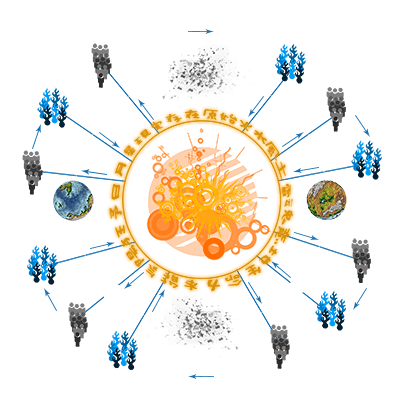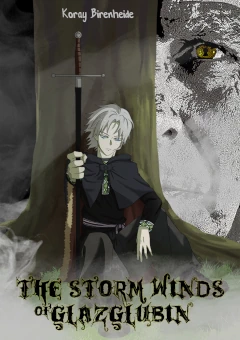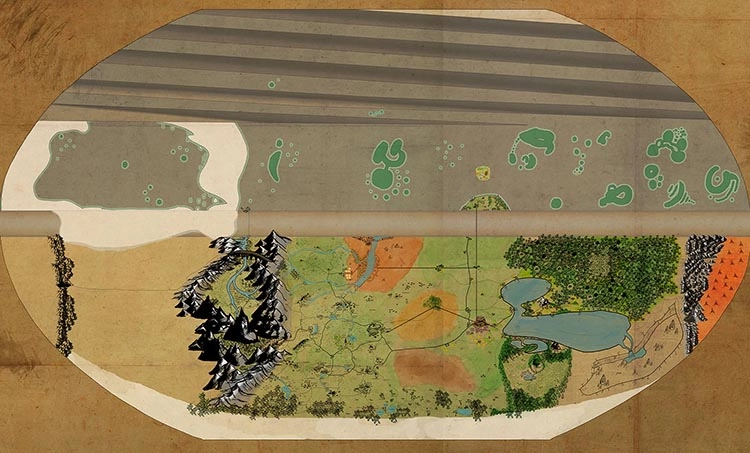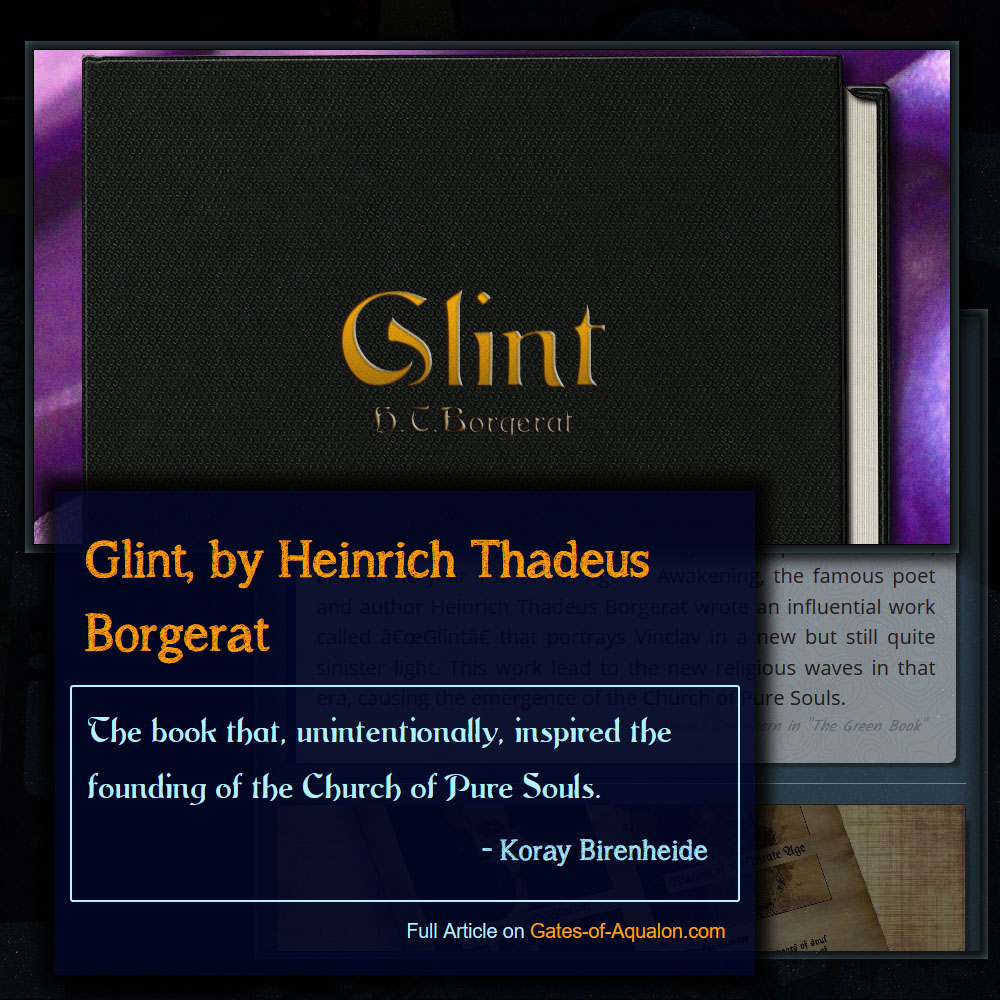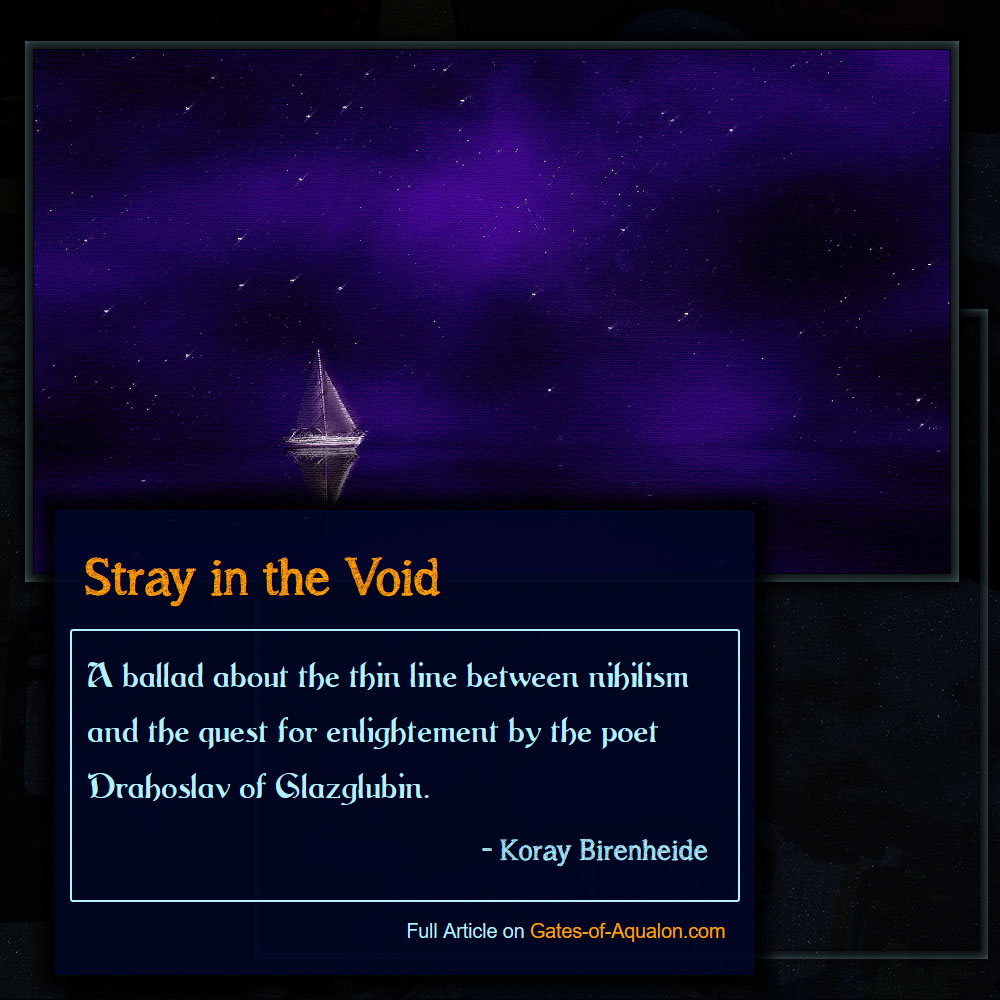There are magus tournaments in all of the five great cities of the Middle Lands held in different locations and intervals. Some are more and some less legitimate. Without special government sanction, most magus tournaments are usually prohibited as they can cause damage to the cities if not properly regulated. But come on, do you really want to sit through a knightly bout of White Lancers in Aerialis or bet on a bunch of Mighty Worms duking it out underground in Arda while you see squat from the stands? All of those Middlish tournaments are just promotion for the local military, feh! And if you go into the back streets... Well, as I said: they got to be really careful, and that hurts the action.
Now listen, kids, if you want to see some real honest-to-gears magic-on-magic ultimate smack-down action, join the next convoy to Yamaseki because the Grand Magus Tournament is going to start in less than a month and you'll get more ''bang'' for your buck than your coin could ever hope to buy over here.— A GMT promoter tub-thumping for some extra tournament patronage over in Aerialis.
The Grand Magus Tournament is held each year in Yamaseki, the capital of
the Yamato Kingdom. Mages from all over the Great Land and the Ocean Belt and even the odd Nordic druid make their way to the Yamato Mountain Range each year during the month of
Auri. This is both a way to demonstrate the level of
magical power of each nation and for individual mages to be discovered. At the end of the tournament, the top five mages are auctioned off to the host nations, which are the Yamato Kingdom, the five great cities of the Middle Lands Magocracy, the Commonwealth of Corsia, the Baba Yaga of the great Pirate Houses, and the
Monastery of the Five Paths. The auction is in the form of each party offering the mages positions, trying to outbid each other, while the mages get to decide which contract or retainership to accept.
The Rules
The tournament follows a simple elimination rule set, coupled with a short number of regulations:
- Depending on the number of entrants, two to six brackets are created. (Bracket numbers must be even)
- Brackets fight internally by elimination rules, with initial pairings being randomly determined.
- Each Bracket is resolved within a number of days depending on its size.
- During the final week, the bracket winners form the finalist bracket, and the last round of elimination fights begin.
- Mages will be disqualified when leaving the arena or harming the audience during a fight (minor injuries are usually forgiven).
- Mages may select the layout of their half of the arena for their upcoming fights, choosing from a variety of terrain, in any but their very first fight.
- Weapons and martial arts are allowed.
- The five highest ranked, still surviving entrants will take part in the auction
Around the Event
Because the brackets can be quite large, the GMT often lasts over the entire course of the month of Auri, and business in Yamaseki is booming thanks to it. Vendors set up special stalls close to or even inside the coliseum stands. The coliseum itself is located on a slope of Tenbashirazan, the highest mountain of the world. While the city is also located on this mountain, it is built on an adjacent plateau, and in fact, the coliseum was built so that a large mass of natural rock lies between the tournament and the city. A safety precaution.
The Height of Tourism
However, the fact that people have to travel between the coliseum and their accommodations in the city means they have to travel past miles of make-shift stands offering merchandise, food, and drink, and of course people use the opportunity to explore the city and mountain when they visit Yamaseki for the tournament, meaning mountain guides, bayô
1The bayô is an equine animal with characteristics of both horses and goats that lives in the Yamato Kingdom and is able of bearing a rider, moderate speeds, and steep climbing. It has been domesticated by the Yamato people and used for safe, speedy travel through the mountain range and even as war mounts.
, and city tour guides are in high demand.
Because the Yamahanabi
2The Yamahanabi is a much anticipated festival in the Yamato Kingdom. Every year in the sixth month in summer, elaborate fireworks are set off using intricate shells launched from mortar-like bamboo tubes. The fireworks are so impressive that people from all over Aqualon regularly travel to the Yamato Kingdom to witness the Yamahanabi. The fireworks themselves, however, are only part of the show. During the day, before it is dark enough for proper fireworks displays, food and game stands are set up everywhere, and people dance and form long lines, dressing themselves up in large yarenma moth costumes. This, in conjunction with the fireworks, is meant to scare off all the bad spirits that were too bitter to let go during the Reitô Matsuri during the third month.
is during the sixth month (Yanos), two months earlier, more well-off people opt for longer stays to witness both events. Some also stay a bit longer after the GMT is over to enjoy the
Gatakoage festival.
All on Number 78!
Beyond tourism, the downtime between fights is used for enthusiastic betting on who will move on and who will be kicked out. Because killing is not forbidden during the tournament, people also bet on survival.
But not just the outcomes of fights are the subject of conjecture, calculation, and impressive sums of money; the most hotly debated topic is who the five top-ranked survivors of the tournament will be, and who will take them home. This is where the real connoisseur makes his mint.
History
The Grand Magus Tournament was established in 19 GE
3The Age of Gears and Elements is the current age and has lasted over seventeen centuries. It followed the Age of Heroes, which is also known as "the Great War", and is sometimes referred to as "the Great Peace".
following the events of the Great War. A great number of powerful mages had trouble dealing with the peace and grew restless in their inaction. However, demand for magic has only ever grown throughout the ages, so smaller magus tournaments were set up by
the Hall of Lake Rahn, until the Yamato emperor Kinemon Taira seized this opportunity to construct the grand Taira Coliseum on the side of Tenbashirazan by carving out an artificial plateau. This is whereto he summoned mages from all over the world, personally inviting leaders of the remaining powerful organizations and nations on Aqualon to take part in both the festivities and the following bidding war to get a hold of the newest and most impressive talents.
Related Reading

